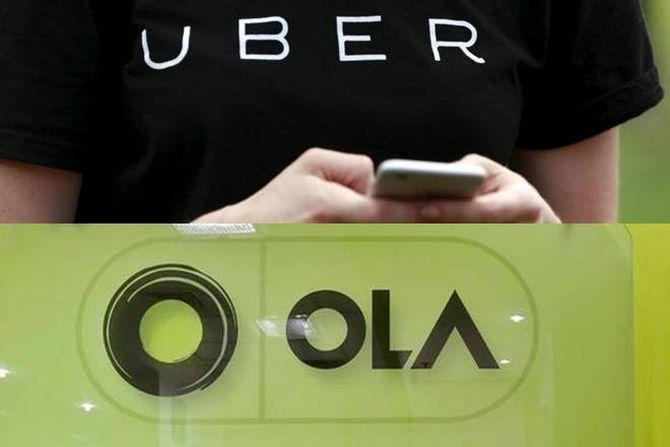New norms issued as per the Motor Vehicle Aggregator Guidelines 2020 have mandated a cap on surge price, preventing aggregators from charging more than 1.5 times of the base fare.

Ride-hailing aggregators such as Ola and Uber have been brought under the Centre’s regulation, implying greater scrutiny and stringent penalties for any non-compliance related to passenger fare and labour rules like working hours of drivers.
Government control over the cab tariff structure tops the list of regulations. The new norms, as per the Motor Vehicle Aggregator Guidelines 2020, have mandated a cap on surge price, preventing aggregators from charging more than 1.5 times of the base fare.
The new legal framework would also mean a driver working with Ola, Uber or similar aggregator companies cannot be logged in for more than 12 hours in a day. There has to be a mandatory 10-hour break after working for 12 hours.
For cancellation of bookings, either by the driver or the rider, the penalty has been fixed at 10 per cent of the fare, but it cannot exceed Rs 100.
The cab aggregator stares at suspension of licence on multiple grounds -- if it fails to ensure safety of its riders, if it charges higher rates repeatedly and in case it fails to comply with the contractual obligations towards drivers. If the aggregator receives more than three suspensions in a financial year, its licence will be cancelled and the aggregator will be forced to stop operations with immediate effect.
Aggregators may provide pooling facilities to only those riders whose KYC (know your customer) details are available and who will travel along the same route but with varied stoppages under a virtual contract through the app.
Female passengers seeking to avail ride pooling will be provided the option to pool only with other female passengers.
The guidelines will have a mixed impact, according to Ujjwal Chaudhry, associate partner consumer internet at consulting firm RedSeer. It is positive in terms of formalising the sector as well as increasing the consumer trust on aggregators through improved safety regulations, but there may be a negative impact on the ecosystem, he said.
Capping surge and platform fee will ultimately lead to reduced earnings for 500,000 drivers (currently on these platforms) and will also lead to increased prices and higher wait time for consumers, according to Chaudhry.
Ride-hailing firms Uber and Ola declined to comment on the new government guidelines.
The ministry of road transport and highways issued the Motor Vehicle Aggregator Guidelines 2020 as per the requirements and provisions of the Motor Vehicles (Amendment) Act, 2019, and further as per the amended Section 93 of the Motor Vehicles Act, 1988, on Friday to enable the changes.
An official statement by the road ministry said, "The Motor Vehicles Act, 1988 has been amended by the Motor Vehicles Amendment Act, 2019 to include the definition of the term ‘aggregator’. Prior to the amendment, the regulation of aggregator was not available."
The business shall also be considered as a service provided by the aggregators to serve the larger public interest in terms of generation of employment and cost-effective as well as comfortable commutation facilities to the public.












 © 2025
© 2025